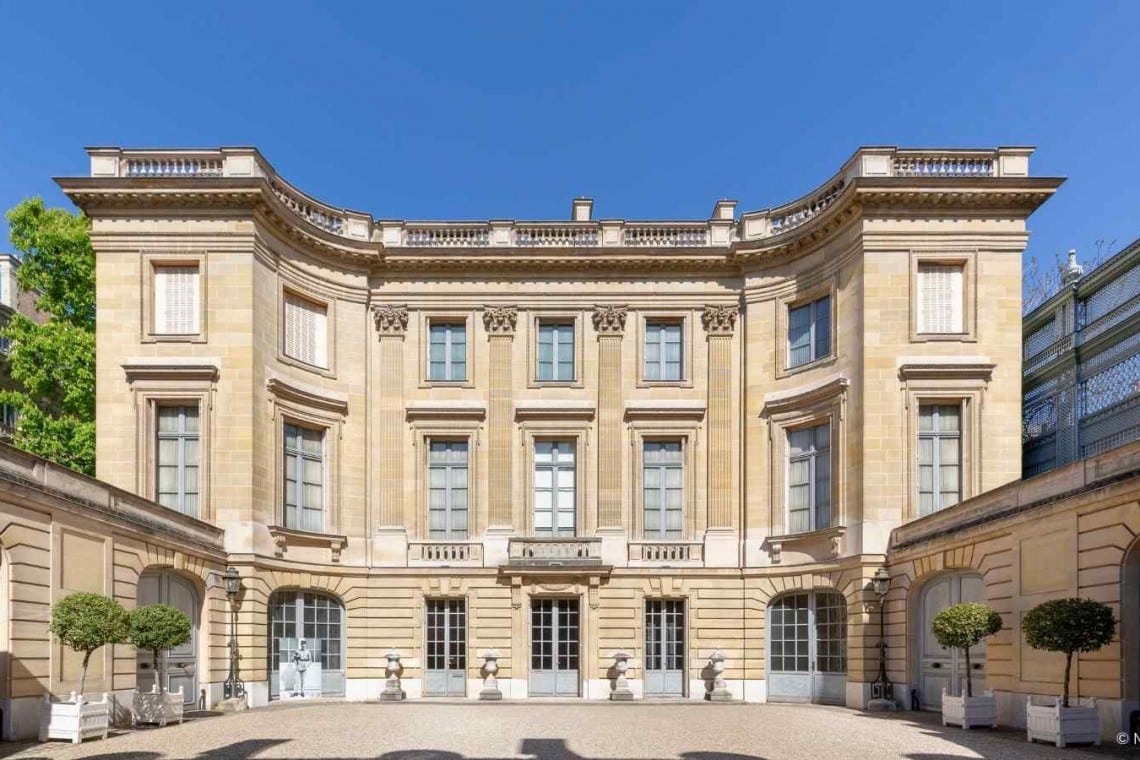An XXL version of your B2B cocktail party in the capital: maximum impact?
- June 9, 2025
- Events
Your business marketing trump card: an event with maximum impact for a minimum budget. The solution: a B2B cocktail party... Endd out more

Today, we invite you to an extraordinary journey back in time, on the edge of the 8th Arrondissement and the Parc Monceau in a place out of time and out of the traditional tourist routes and often unknown to the Parisians themselves, the Nissim de Camondo Museum.
One discovers the work of a life and a devouring passion, a magnificent collection of French decorative art from the second half of the 18th century housed in a residence that remains the only testimony preserved in its integrity to understand the functioning of a private house in the Plaine Monceau during the Belle Epoque.
Chased out of Spain where they originated at the end of the 15th century, the Camondos settled in Venice for a time before establishing themselves in Constantinople and throughout the 19th century built up an immense fortune until they became the bankers of the Ottoman Empire. They were ennobled by the King of Italy, whose reunification they supported financially, and moved to Paris at the end of the Second Empire to expand their activities. From their stronghold in the rue de Monceau, they became the bankers of Empress Eugenie, financed the Suez Canal, managed numerous banks and led the high life of Parisian high society. Over time, the various members of the family accumulated valuable art collections.
Moïse de Camondo was 9 years old when he arrived in Paris with his family. Introduced to art by his father and cousin, a founding member of the Friends of the Louvre, and passionate about the art of living in the Age of Enlightenment, he was barely 30 when he began a collection of 18th-century decorative arts that he would continue to enrich throughout his life: For fifty years he collected hundreds of objects, furniture and paintings from the French aristocracy of the Ancien Régime, making up an exceptional collection, some of which belonged to Madame de Pompadour or Marie-Antoinette.
Moïse de Camondo was not only a collector but also a builder, anxious to showcase his collections. He had his parents'Private Mansion demolished after their death in 1911 and replaced it with a home that he conceived as a showcase specifically designed to house his collections.
The new Private Mansion was built between 1912 and 1914 by René Sergent, an architect of the upper middle class, and was inspired by the Petit Trianon of Versailles. The garden, as in many other prestigious residences of this period, was designed by the famous landscape architect Achille Duchêne.
If Moïse de Camondo is working to complete his work of "reconstruction of an aristocratic residence of the eighteenth century", he does not neglect the comfort and modernity of the early twentieth century and installed in his house the latest equipment such as heating with filtered and pulsed air, air lifts. he did not neglect the comforts and modernity of the early twentieth century and installed in his house the latest equipment such as filtered and pulsed air heating, air elevators and a spectacular kitchen that reflects the attention paid by the master of venues to the pleasures of the mouth.
Upon his death in 1935, Moïse de Camondo bequeathed to the Union Française des Arts Décoratifs thePrivate Mansion of 63 rue de Monceau, as well as all that it contains. Framed by numerous clauses, this bequest stipulates, among other things, that the house must be transformed into a museum, and that no object must be removed, or even moved.
In 1936, following the wishes of Moses, the Nissim de Camondo Museum was inaugurated, in memory of both the son lost in battle in 1917 and the father, who had started the art collection.
A fine gourmet and owner of a renowned cellar, Moïse de Camondo loved to entertain in his sumptuous mansion.
Today, the Nissim de Camondo Museum is the ideal place for elegant, intimate receptions where the perfume of the Belle Epoque blends with the refinement of the 18th century with great charm and poetry.
The Vestibule - This is where the guests of Moses de Camondo were welcomed. Doubled by a gallery of circulation, open on the same level on the courtyard of honor, it can accommodate 35 guests for a dinner, 60 for a cocktail
The Garden - Located at the back of the museum and adjoining the Parc Monceau, the garden offers an exceptional view of the hotel's northern façade, inspired by the Petit Trianon. In the summer, receptions in the garden can accommodate up to 300 people.
The visit of the collections, works of art meticulously and passionately gathered by Moses, and the tour through this untouched house where time seems to have stopped, are an essential complement to any event in this extraordinary place.